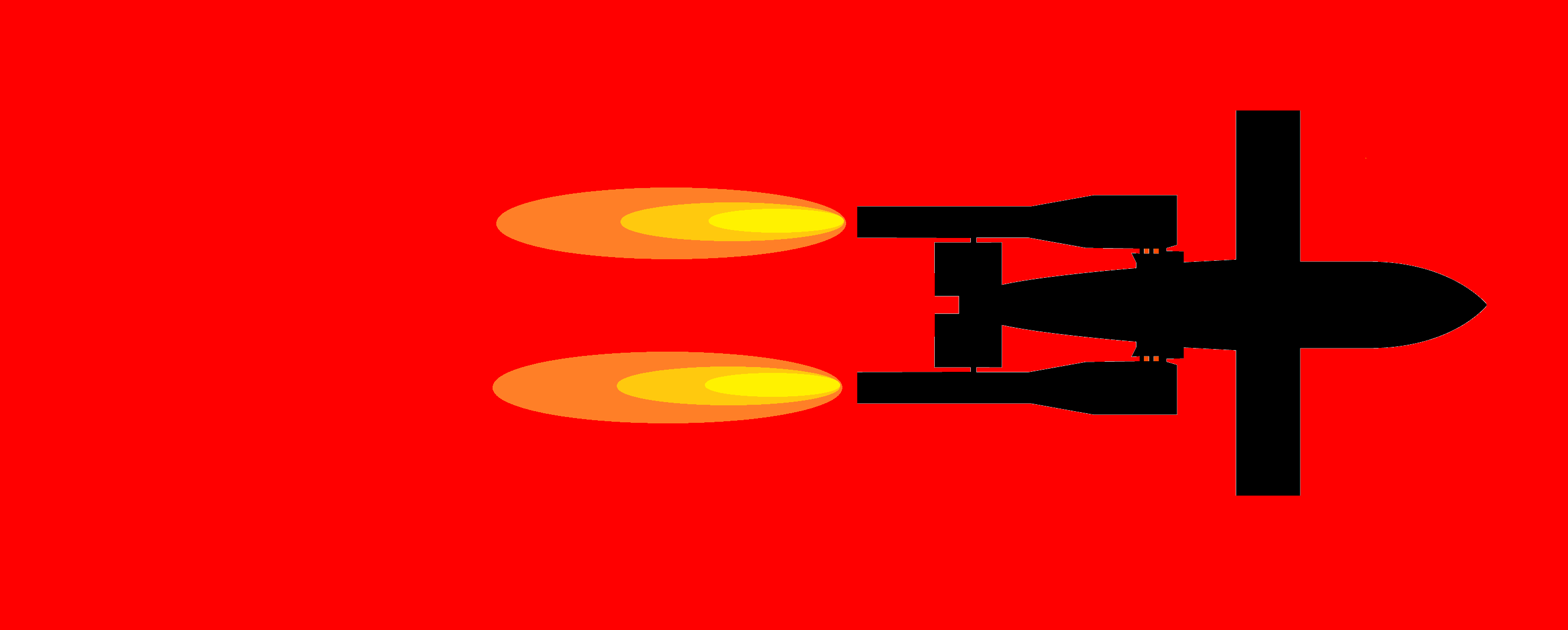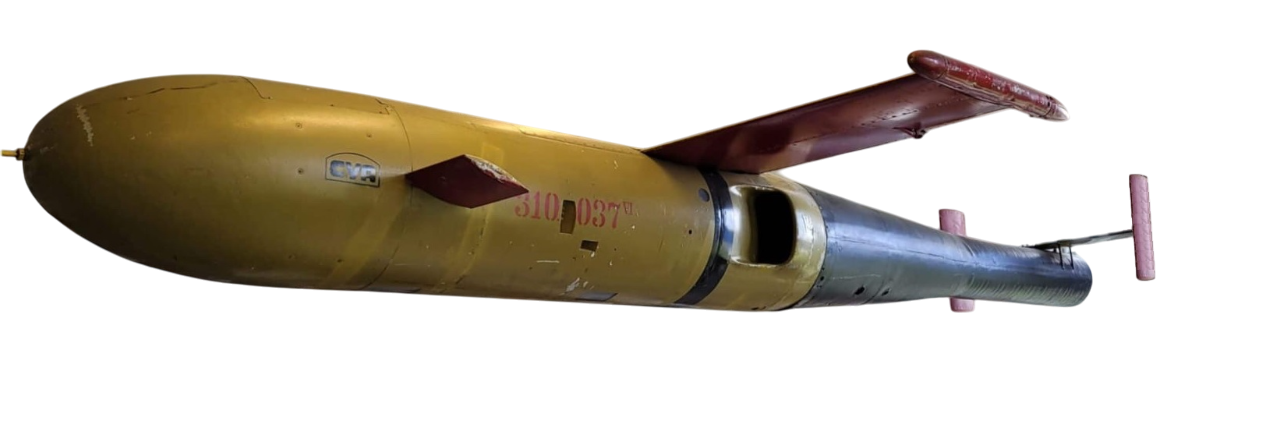
This program is a logical continuation of the main pulsejet engine modeling program and allows you to match the characteristics of a pulse jet engine with an aircraft, as well as determine the permissible limits of the aircraft parameters.
We were looking for something similar ready-made, but it turned out to be impossible to find - there is a suspicion that the last people who did such coordination were German doctors and professors in 1942-43. After which, for 80 years, the pulse jet engine received the label of ineffective, and no one bothered to check whether this is really so.
In order to stop the evil and restore justice - not so much to the pulse jet engine itself, but to its developers, German professors and doctors Gosslau, Diedrich, Schulz-Grunow, Zobel and others, we developed this program. In addition, we pursued the goal of creating a real tool that would at least somehow help in designing a UAV with a pulse engine for those who still do it using cutting and welding.
The program is based on calculating the working cycle and modeling the speed characteristics of a pulse jet engine, so when it is launched, the speed characteristic of the engine is automatically calculated (this is embedded in the algorithm). In addition, the program includes the aerodynamic characteristics of one of the known cruise missiles, as well as geometric ratios of sizes, which allows you to calculate the approximate dimensions and draw the appearance of the UAV for any pulse jet engine.
The UAV program works as follows:
1. The program can be launched immediately after setting the engine geometry in the main program – this is the lower right button:
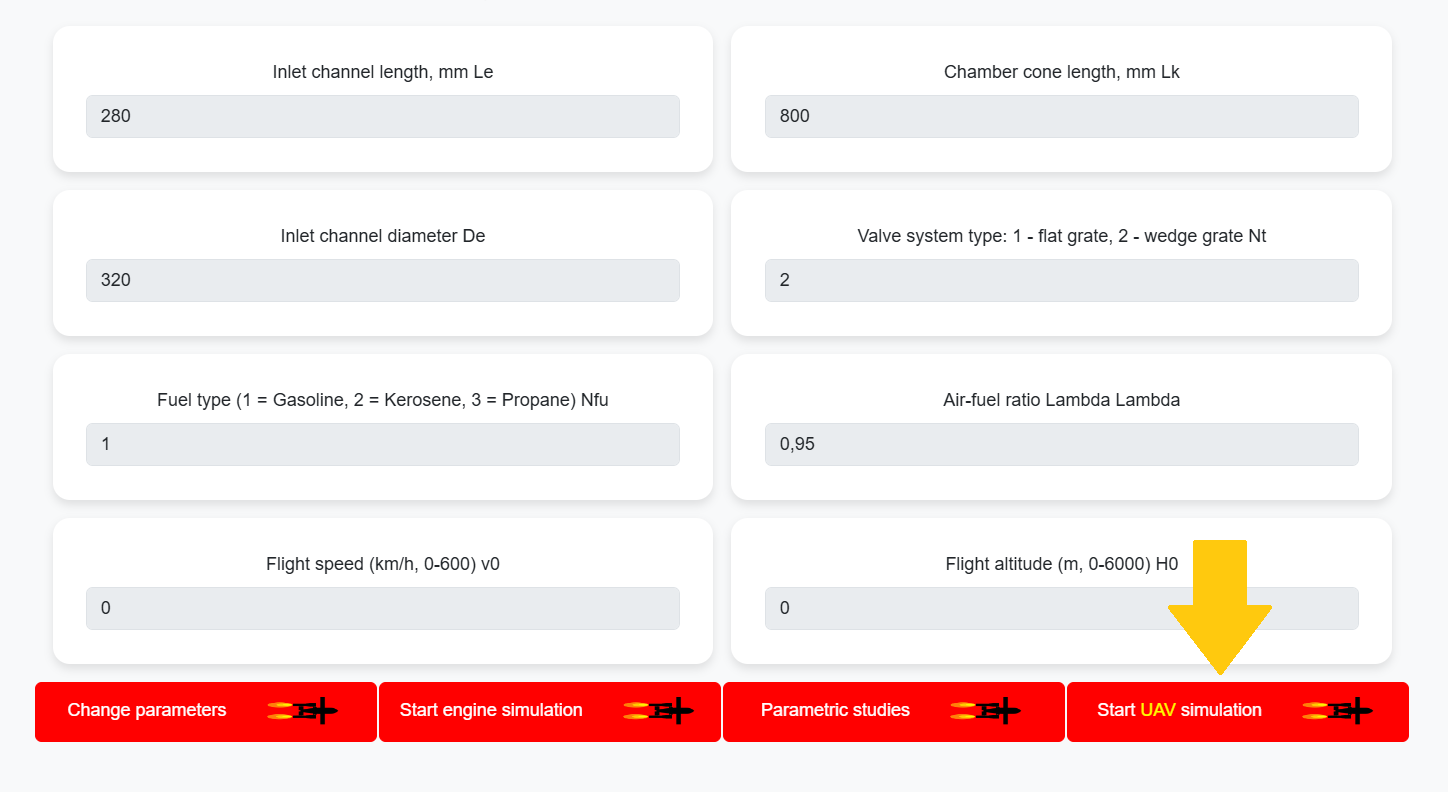

2. The UAV initial data page opens, where the most important are the thrust-to-weight ratio, payload and launch speed – the success of the UAV design and its parameters depend on them to the greatest extent. However, you can change and set other parameters, including the fuselage shape, the degree of aerodynamics and the relative masses of the elements:
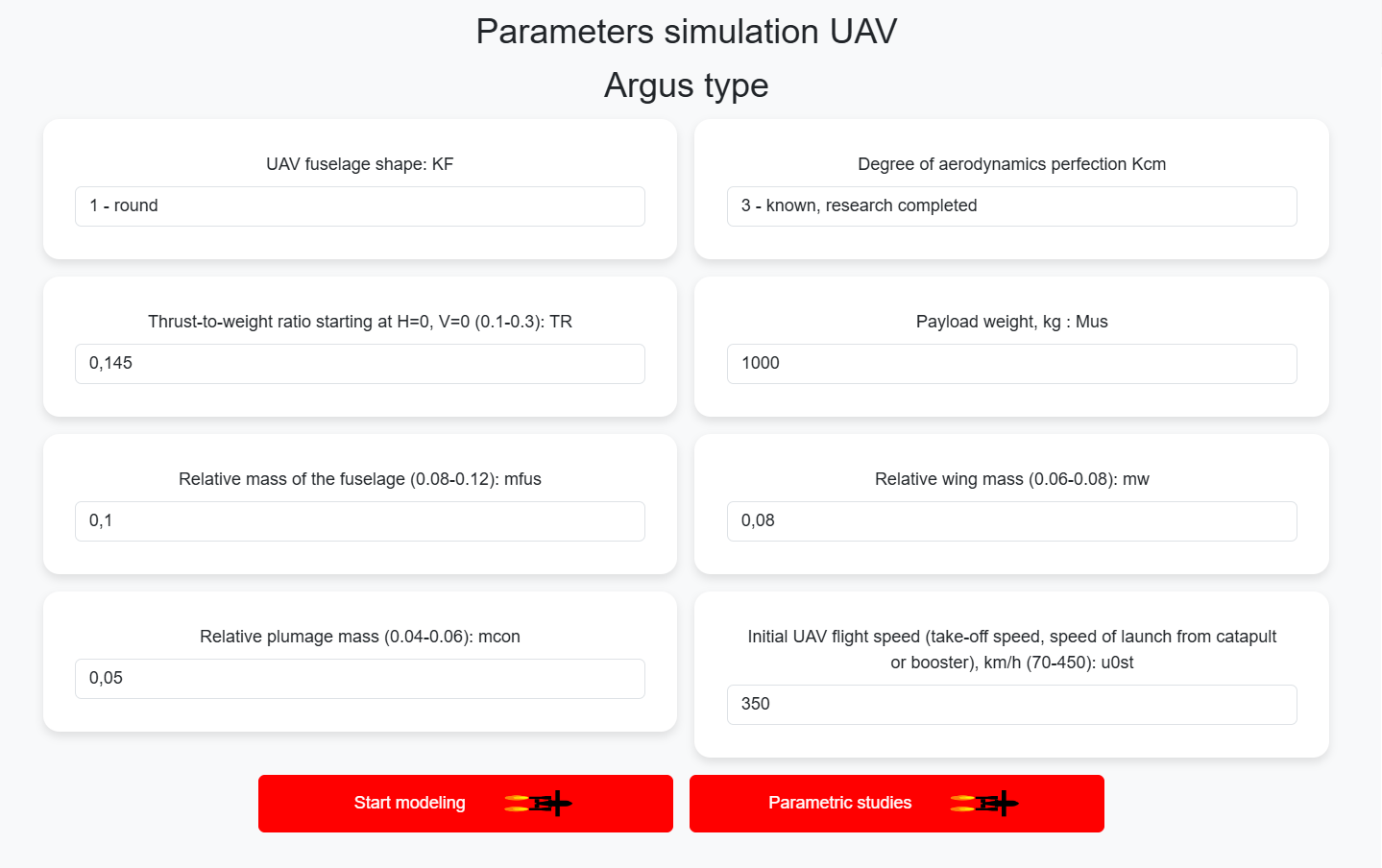

3. After pressing the Start Simulation button, the UAV flight simulation begins, during which the current UAV position, current flight time, speed, wing attack angle and distance traveled are displayed on the screen. The program also displays the sound of the accelerator and engine, and at the end of the flight, the sound of an explosion:
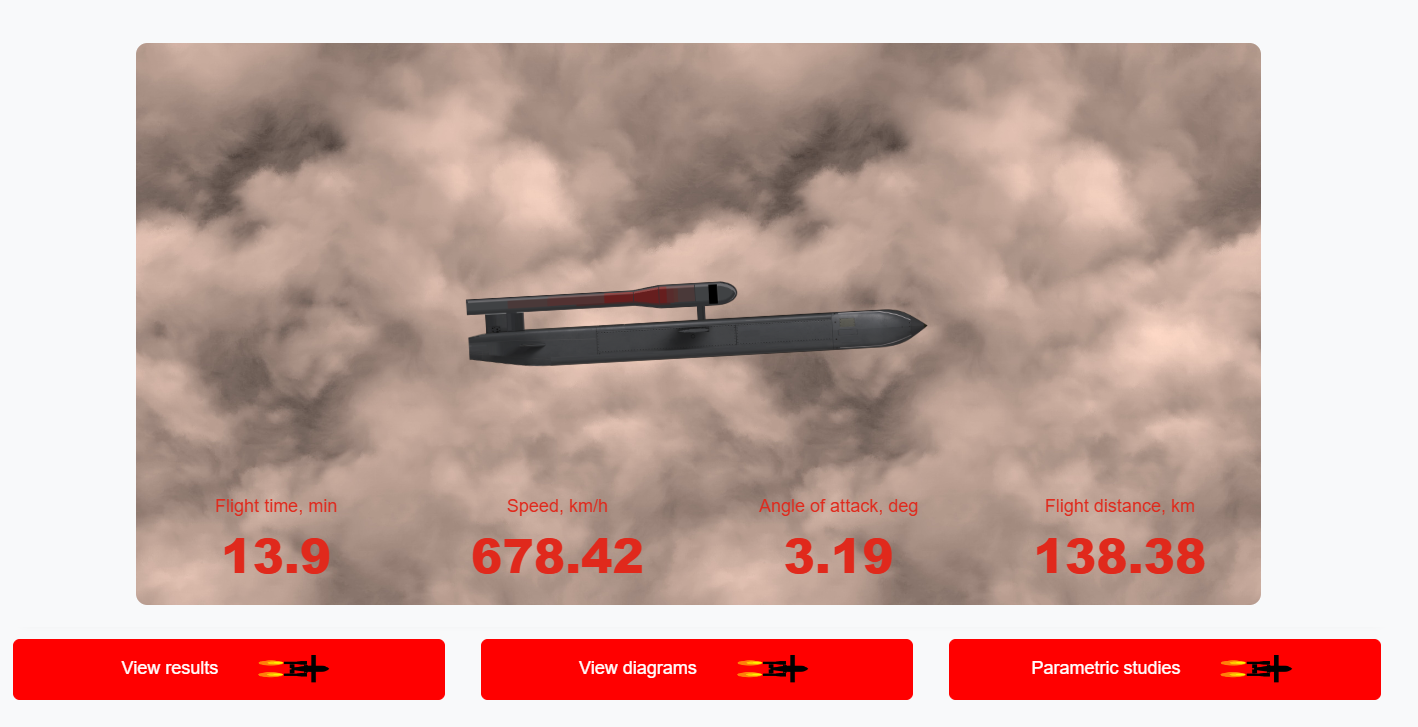

4. At the end of the flight, regardless of whether the UAV hit the target or the launch was unsuccessful (the design parameters were chosen incorrectly), you can view the simulation results in the form of tabular data. These data include the mass and size parameters of the engine, the UAV, as well as the main parameters (profile) of its flight:
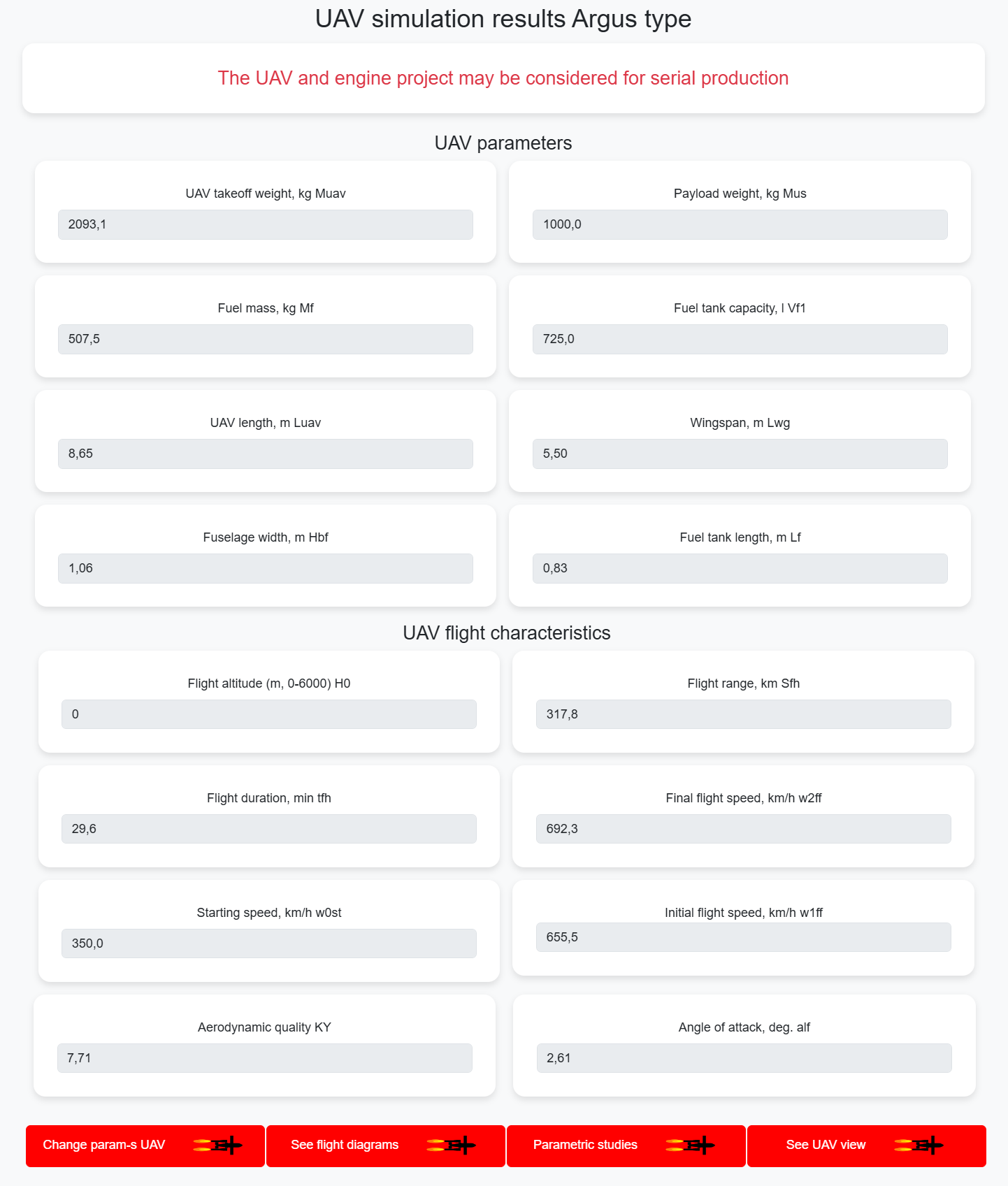

5. In addition to the tabular data, you can see the appearance of the UAV with its main dimensions by clicking on the corresponding button:
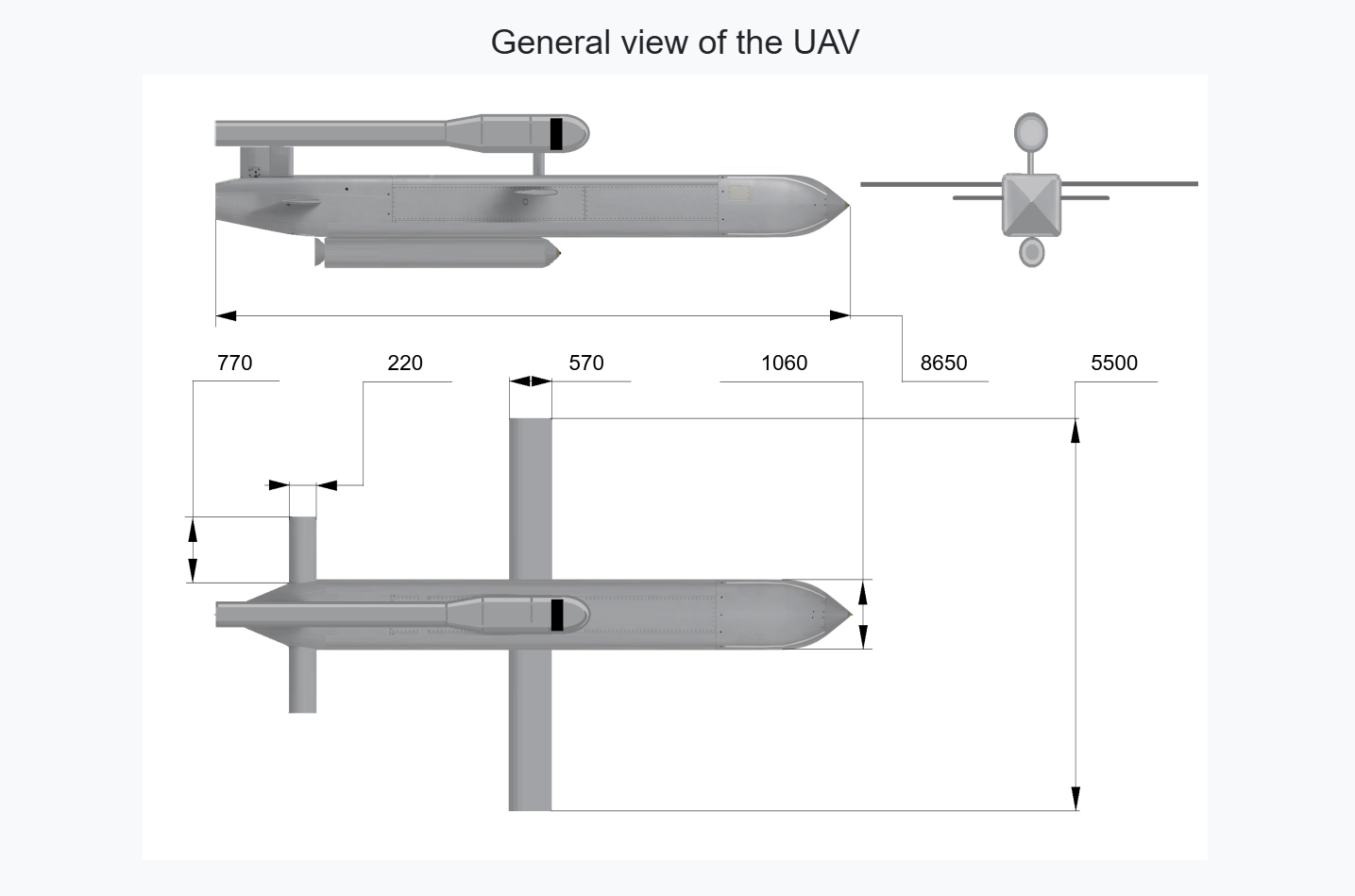

6. In addition, you can also view flight diagrams. This will show all current flight parameters - distance traveled, speed, amount of fuel in the tank, weight, angle of attack and aerodynamic quality:
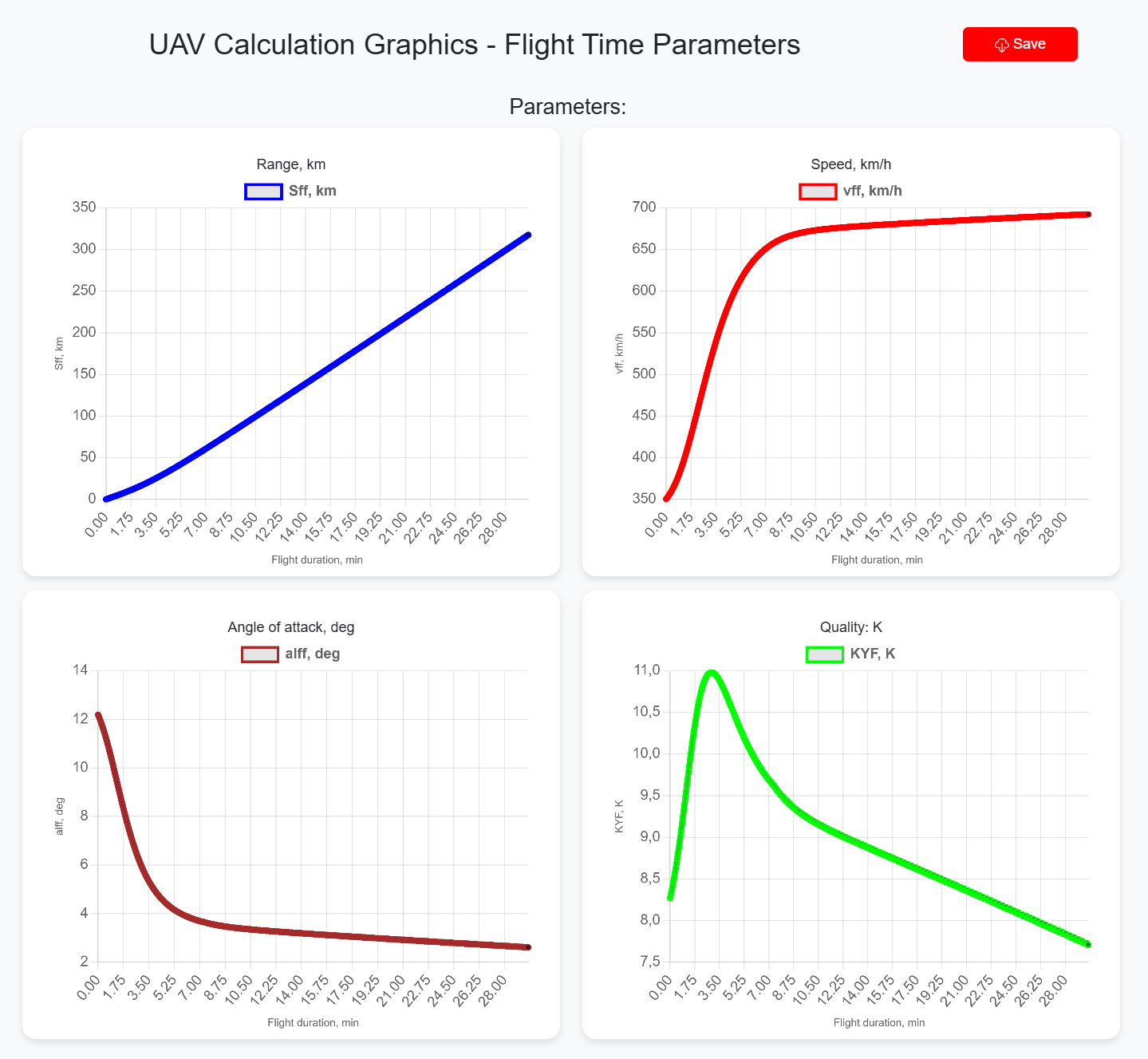

7. Any of the charts can be assembled together using the chart assembly feature located below the very last row of charts:
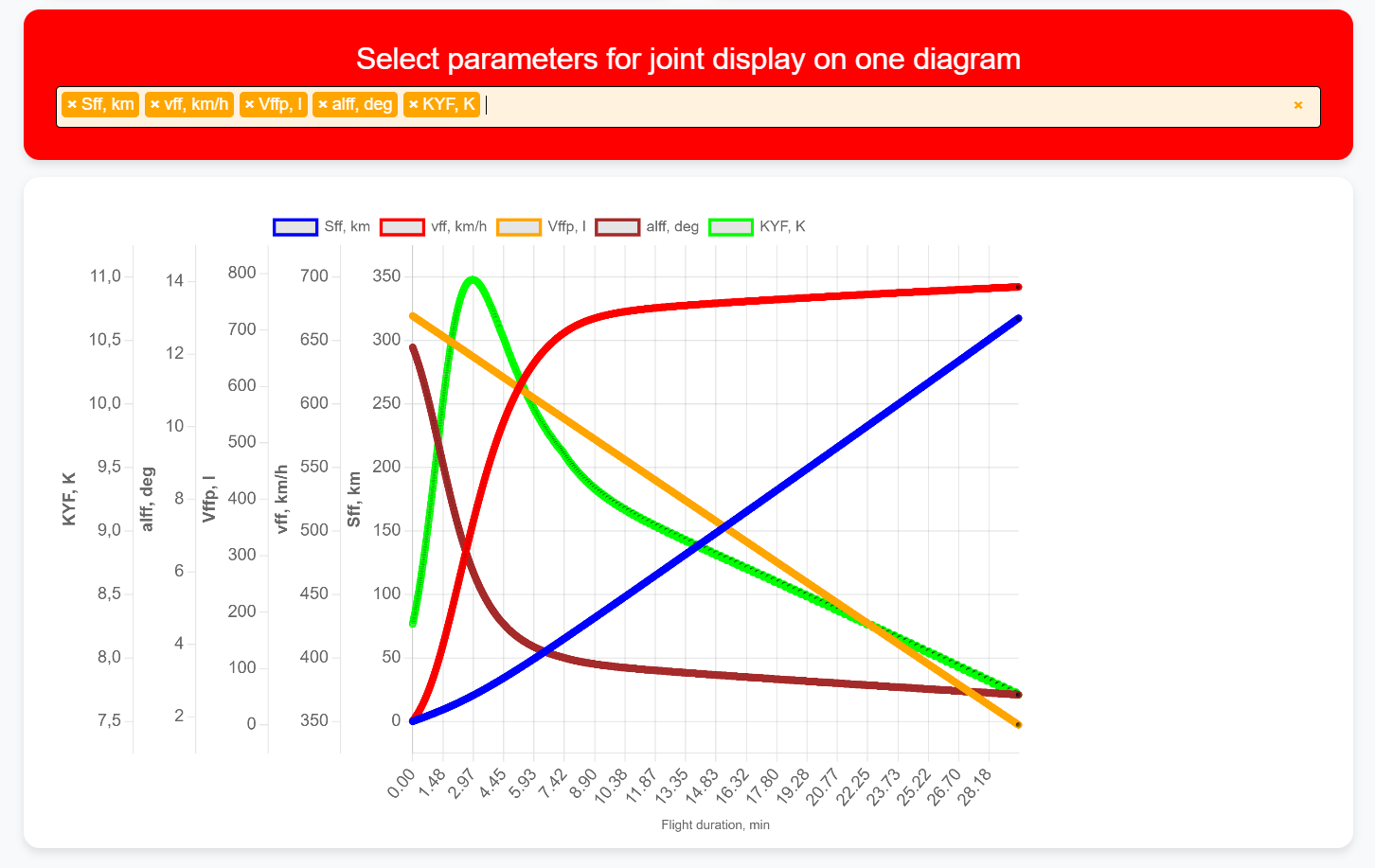

8. The program also allows parametric studies to be carried out on three main parameters – thrust-to-weight ratio, payload and launch speed. This is of fundamental importance, since not only these parameters, but also their permissible limits of change, are unknown in advance for a specific engine and UAV:
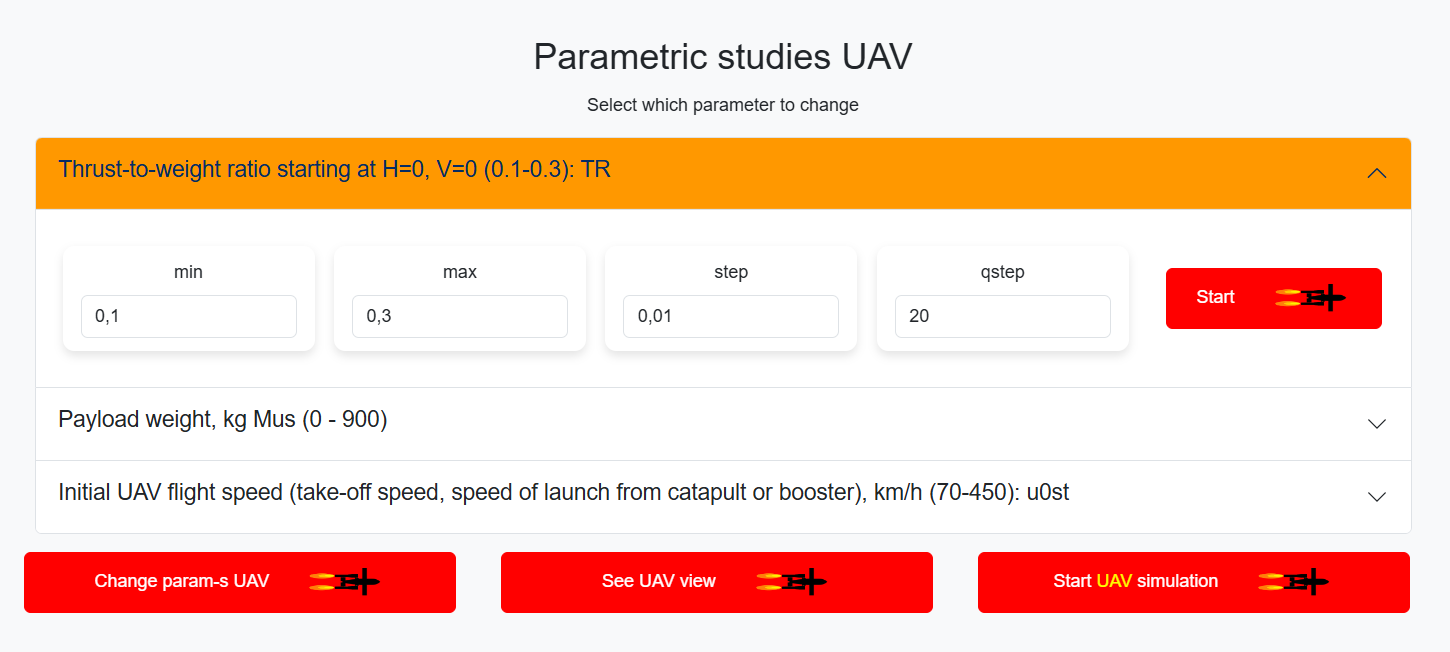

9. After pressing the Start button, the program performs a sequential simulation of the UAV within the specified parameter. At the same time, diagrams of the change in the main parameters of the UAV are displayed, which clearly show the limits within which this project can be implemented. This is the range and duration of the flight, as well as the initial and final speed of the cruising flight:


In addition, diagrams of the aerodynamic quality and angle of attack of the wing at the final stage of flight, as well as the total takeoff weight of the UAV and the mass of fuel are displayed:


10. Any of the above diagrams can also be assembled into one using the assembly function:
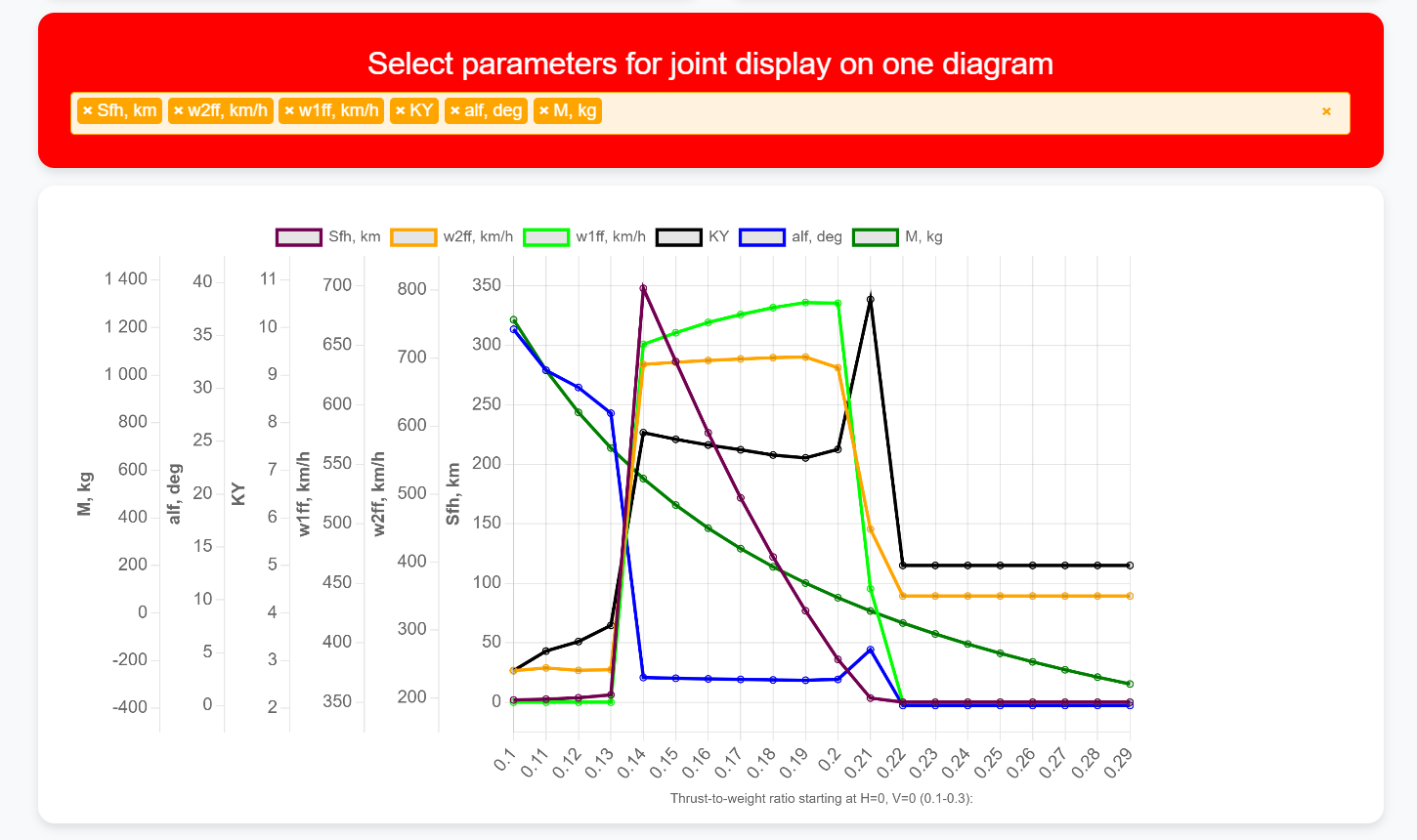

All obtained results – tables, individual diagrams and diagram assemblies, can be saved by clicking on the corresponding button.
All the above mentioned functions of the program, if used correctly and with careful study of this description, allow obtaining a very close approximation to the parameters of a real UAV. Moreover, even trial modeling shows that the so-called 'low efficiency' of the pulse jet engine and its numerous shortcomings are nothing more than fiction. But only if the capabilities of the pulse jet engine are correctly assessed.
Service on request only - contact the administration
